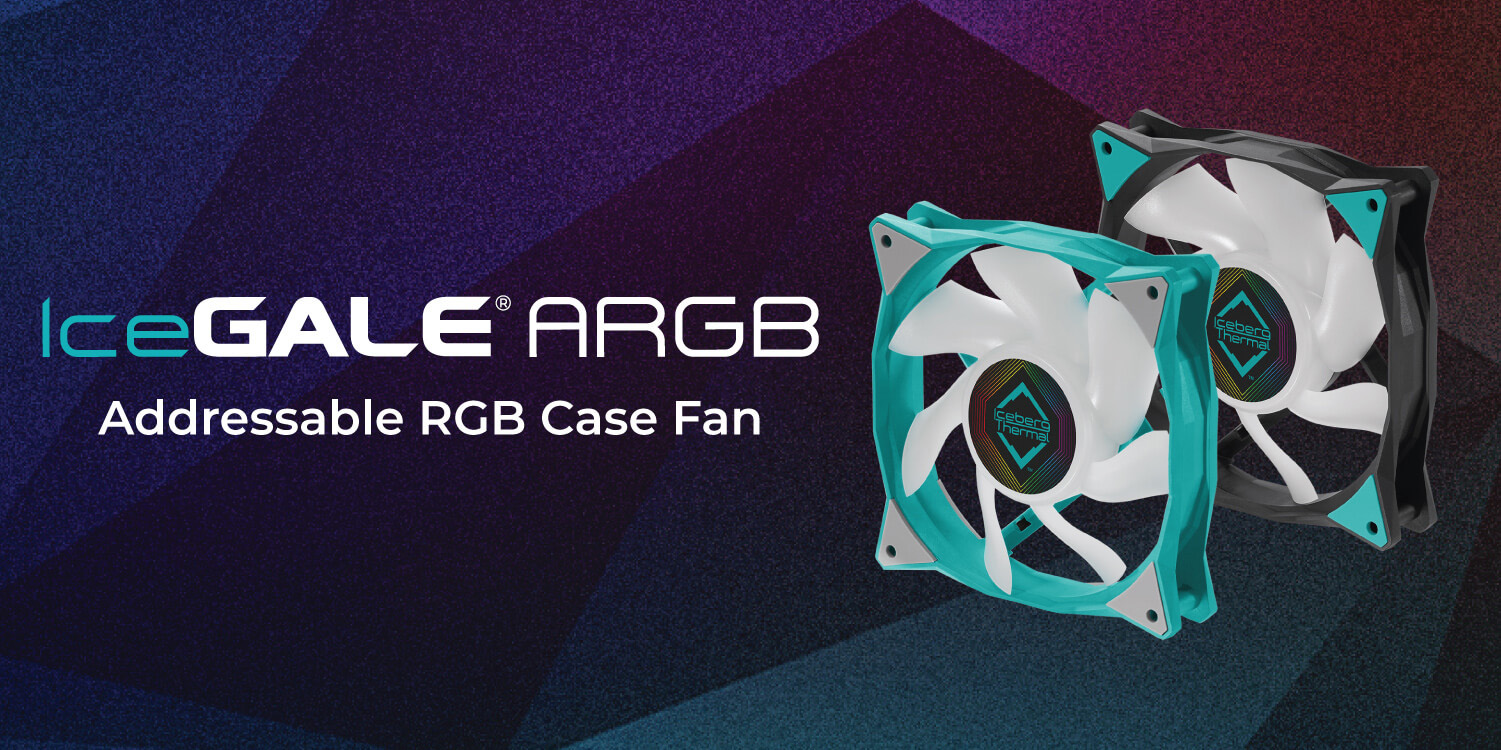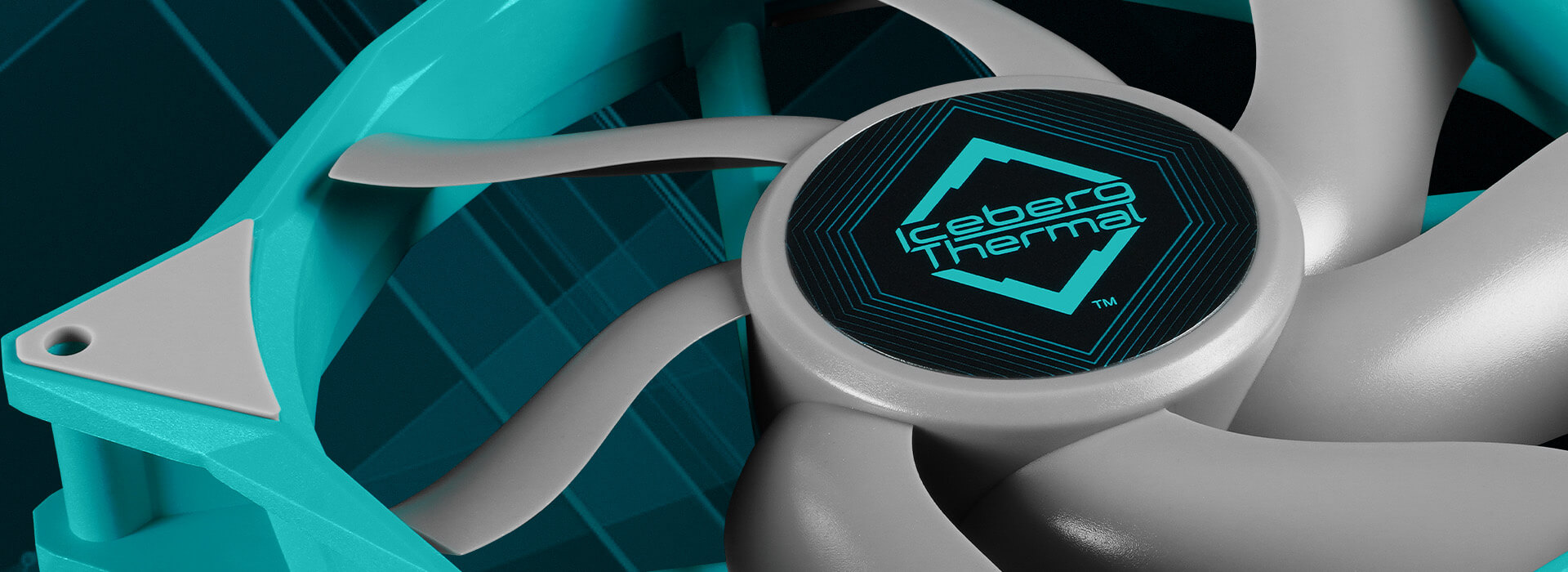
Keeping your PC cool is critical for keeping it running well. You can spend all your hard earned cash on fancy processors and graphics cards, but without adequate cooling these components won’t last long or be able to operate at their full potential. Setting up your cooling systems is key to the health and performance of your computer.
PC Case Fans make up a key part of your cooling infrastructure. A PC Case Fan refers to the fans designed to keep the entirety of your system cool, rather than for any individual component. Most computer rigs will require at minimum 2 fans and often more. Many fan makers will sell fans at better prices in packs, such as 2-Packs or 3-Packs. Case Fans also come in a variety of sizes depending on the manufacturer, but 120mm and 140mm are typical. The size of the case fan needed will largely be determined by the PC Case itself.

Case fans also form an important part of your case from a design perspective. They come in a variety of colors and designs and are often ARGB enabled. Case fans are often placed in parts of your build that make them very visible. This means that fans are often relied upon to bring a build’s design together.
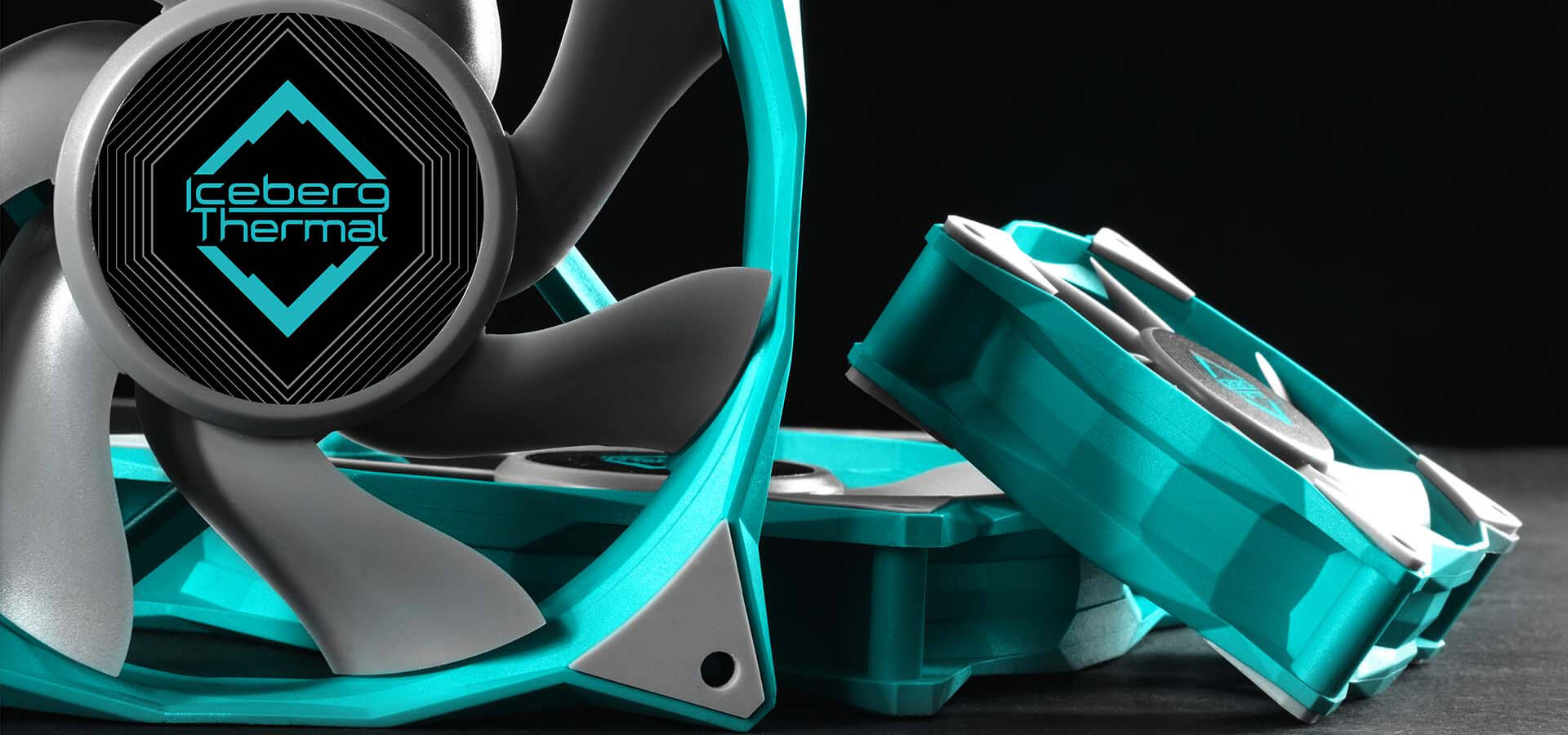
One of the first things to consider when choosing your case fan is its performance. There are certain terms fan makers use to measure performance that you should look out for. Some of the most critical are RPM and CFM. RPM means revolutions per minute, or simply, how fast the fan can spin. CFM refers to the amount of air the fan can actually move or cubic feet per minute. High RPMs usually mean higher CFM and higher CFM usually means more cooling is actually taking place. Fans also are noisier the higher the RPM typically, so it’s important to consider just what level of cooling you need and what level of noise you are comfortable with.
An important performance related consideration is energy efficiency. A fan operating at a high RPM with a low CFM will end up being very loud and very energy intensive, as it will have to work harder than other fans. Some fans come with an Auto-Start Stop Feature. This allows the fans to run at variable speeds depending on the computer’s workload. This means that it will adapt to the needs of the computer at any given time, allowing it to run quieter and more energy efficiently.
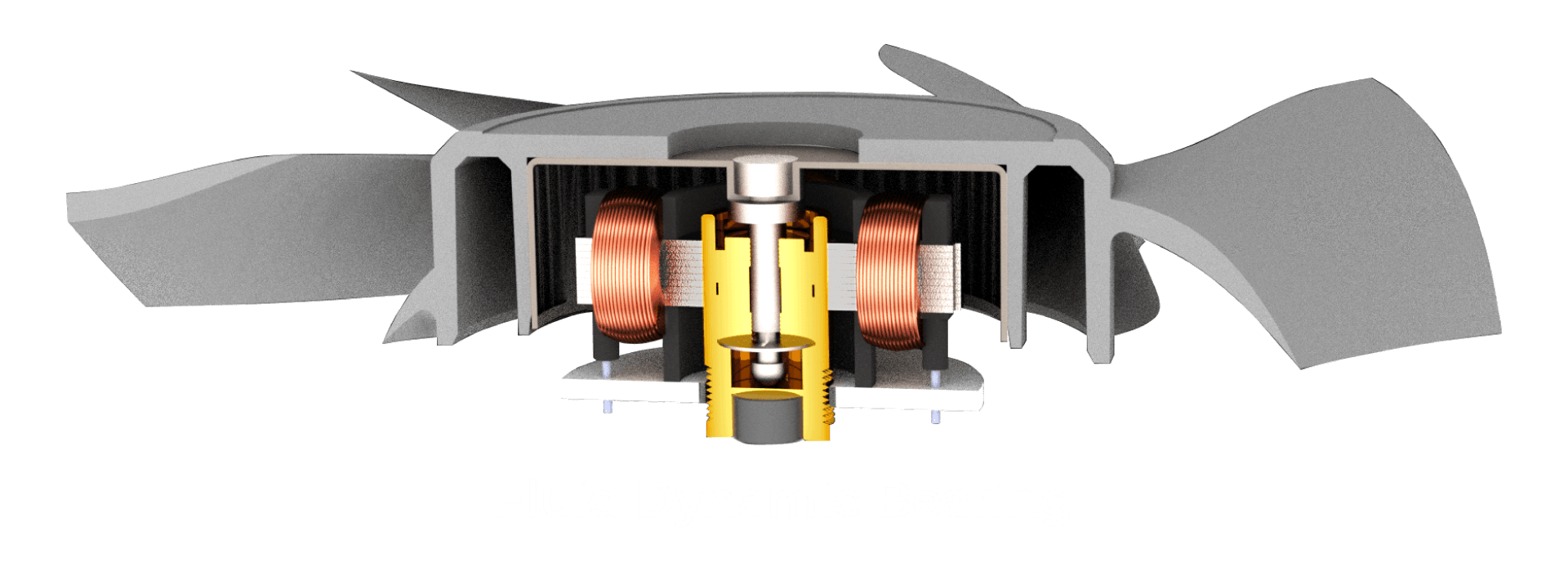
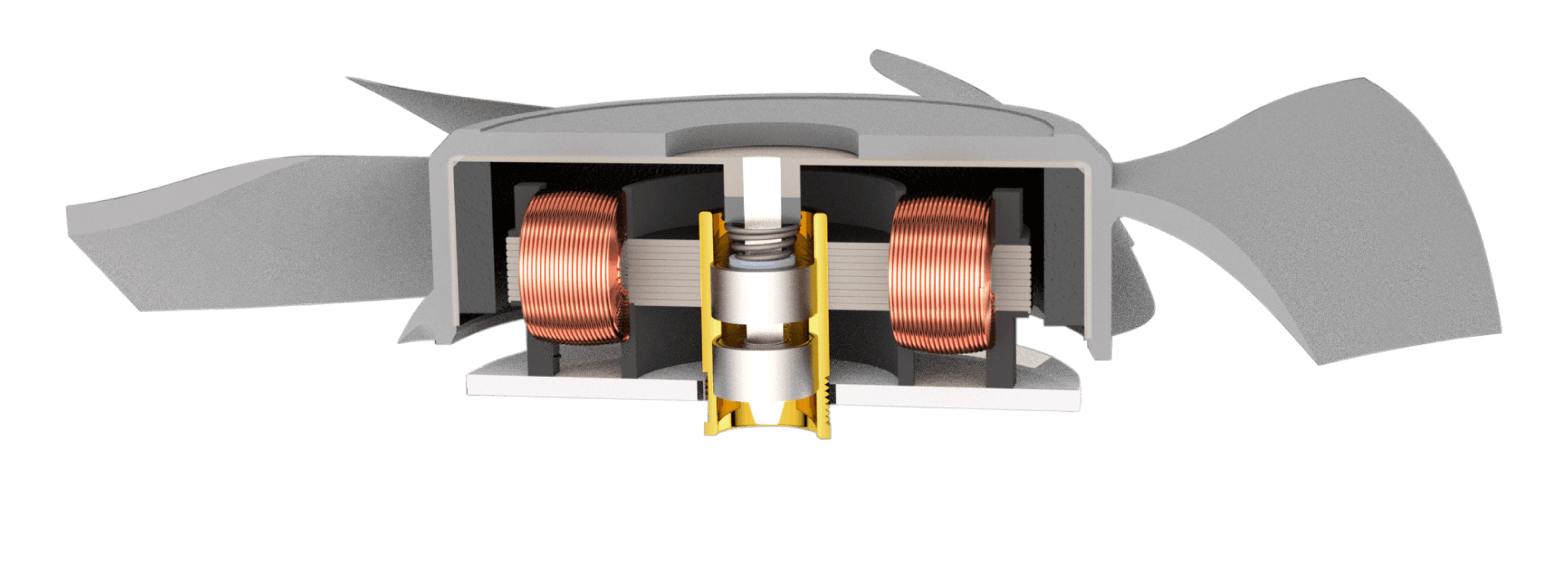
Picking Case Fans also involves thinking about their longevity. Like most components, fans are running constantly and especially so in hotter locations. This means that the quality of their design will determine how long they remain effective. Unfortunately, just because a fan is spinning doesn’t mean it’s still effective. Fans over time can get damaged or even become unaligned. When this happens you can get unwanted noises and reduced fan speeds or RPM(revolutions per minute). Cheaper oftens are able to be priced low due to forgoing long term build quality. When deciding a fan’s quality, look for things like the fan bearing and how the fans are balanced. Fan bearings are part of the case fans internals that help keep it stable. Dual Ball bearings are a quality option, as are fluid dynamic bearings. For fan balance, high end fans are balanced on both ends or a feature called two plane balanced. Knowing the key features of a fan’s design will help you pick a case fan that won’t need to be replaced.
There are many fans out on the market today, but taking the time to understand the key features of these critical components will save you money and save your build from many failures for years to come.




